Baseball

Double Play
In baseball, a double play (denoted on statistics sheets by DP) for a team or a fielder is the act of making two outs during the same continuous playing action. In baseball slang, making a double play is referred to as "turning two" or a "twin killing".
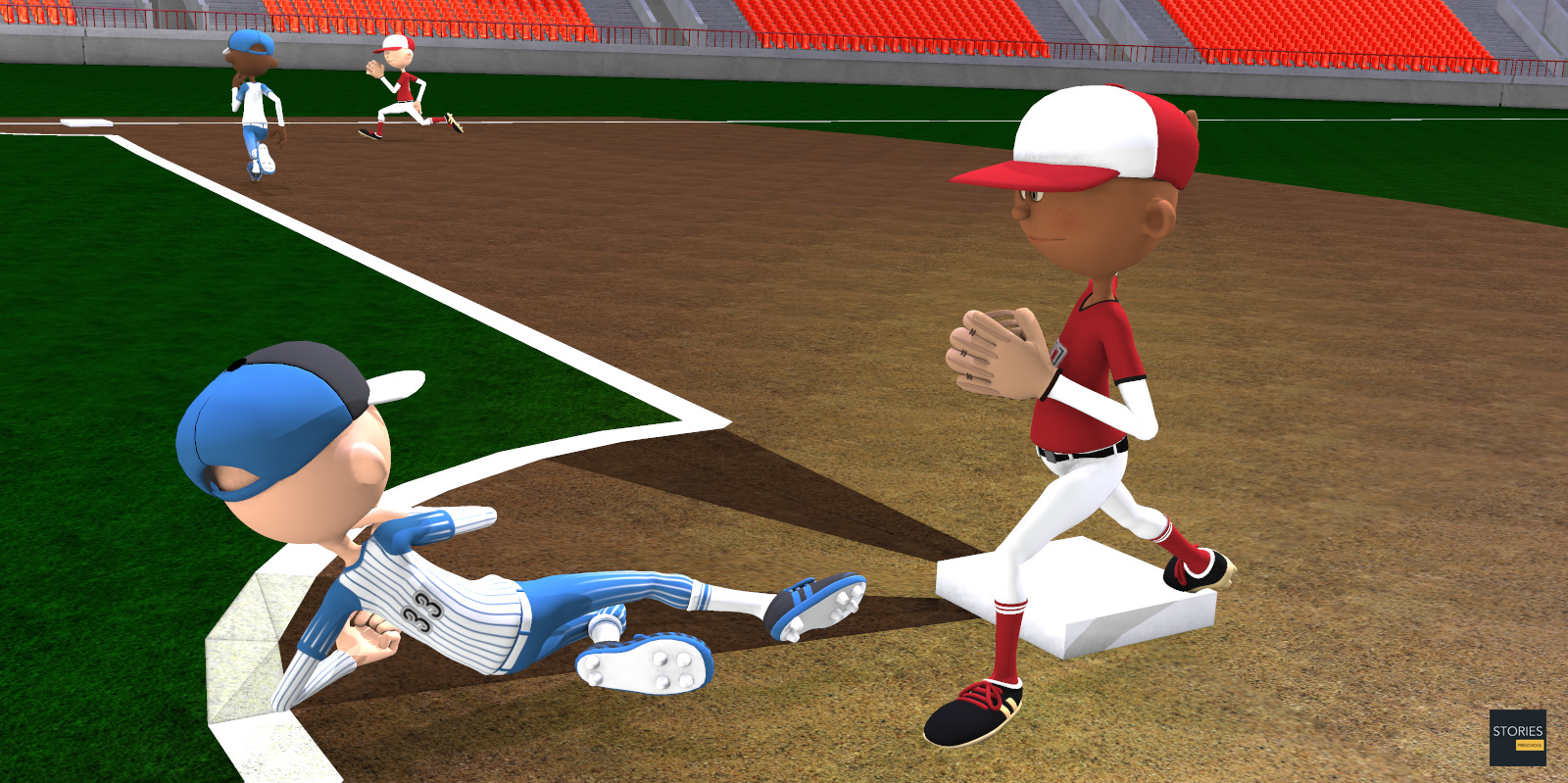
Double plays are also known as "the pitcher's best friend" because they disrupt offense more than any other play, except for the rare triple play. Pitchers often select pitches that make a double play more likely (typically a pitch easily hit as a ground ball to a middle infielder) and teams on defense alter infield positions to make a ground ball more likely to be turned into a double play. Because a double play ends an inning in a one-out situation, it often makes the scoring of a run impossible in that inning. In a no-out situation with runners at first base and third base, the double play may be so desirable that the defensive team allows a runner to score from third base so that two outs are made and further scoring by the batting team is more difficult.
Scoring of Double Plays
Double plays in which both outs are recorded by force plays or the batter-runner being put out at first base are referred to as "force double plays". Double plays in which the first out is recorded via a force play or putting the batter-runner out at first base and the second out by tagging a runner who would have been forced out but for the first out (as when a first baseman fields a ground ball, steps on first base, and then throws to second) are referred to as "reverse force double plays". Should a run score on a play in which a batter hits into either a force double play or a reverse force double play, the official scorer may deny the batter credit for a "Run Batted In (RBI)", although the batter always gets credit for a Run Batted In (RBI) on a one-out groundout or a fielder's choice play in which a baserunner scores.
Records of double plays were not kept regularly until 1933 in the National League and 1939 in the American League. Double plays initiated by a batter hitting a ground ball (but not a fly ball or line drive) are recorded in the official statistic GIDP (grounded into double play).
Common Double Plays
The most common type of double play occurs with a runner on first base and a ground ball hit towards the middle of the infield. The player fielding the ball (generally the shortstop and second baseman) throws to the fielder covering second base (usually the other of the two), who steps on the base before the runner from first arrives to force that runner out, and then throws the ball to first base to put out the batter-runner for the second out. If the ball originated with the shortstop and was then thrown to the second baseman, the play is referred to as a "6-4-3 double play", after the numbers assigned to the players in order of field position; if it is hit to the second baseman and then thrown to the shortstop, it is known as a 4-6-3 double play (6-shortstop, 4-second base, 3-first base). A slightly less common ground ball double play is the 5-4-3 double play, also called the "Around the Horn" double play which occurs on a ground ball hit to the third baseman (5), who throws to the second baseman (4) at second base, who then throws to the first baseman (3).
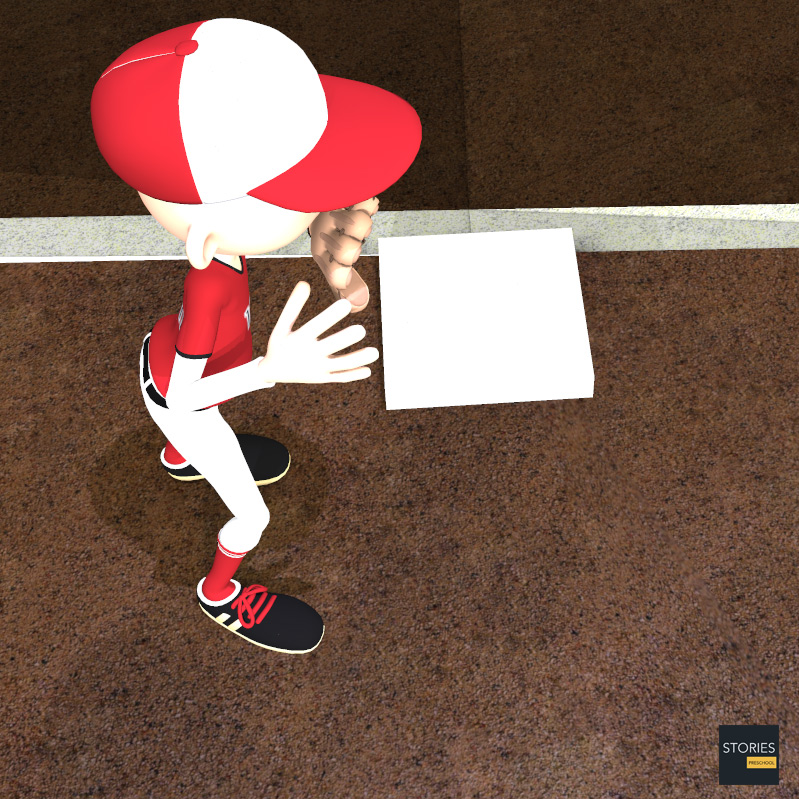
Comparatively few third basemen succeed often at turning such double plays which require a third baseman with good range and a great throwing arm. Rarer still is a 4-3-6 or 6-3-4 double play in which a middle infielder throws first to the first baseman to retire the batter and the first baseman then throws to the other middle infielder who tags the runner from first base (the force situation having been removed when the batter was put out).
It is also possible for an infielder (usually the second baseman or shortstop) or catcher to field a ground ball, touch the base that he is closest to (getting an out) and then throw to first base. For a third baseman this play is unlikely because it requires a force play at third base that requires runners at first and second base. For a catcher this is extremely rare because it requires that the bases be loaded so that the catcher has a force play at the plate and a ground ball hit so feebly that the catcher can easily field it. Such plays are scored 2-3 (catcher to first baseman), 4-3 (second baseman to first baseman), 5-3 (third baseman to first baseman), or 6-3 (shortstop to first baseman).
Unassisted double plays are more common than unassisted triple plays. The typical scenario includes an infielder catching a line drive and stepping on a base to double off a runner. Rarer is a scenario where an infielder tags two runners on the same play.
Double plays also occur on ground balls hit to the pitcher. Most of the time, these double plays will go 1-6-3 (pitcher to shortstop to first baseman), though sometimes these double plays will go 1-4-3 (pitcher to second baseman to first baseman). 6-3 and 4-3 double plays occur on ground balls to the shortstop or second baseman, respectively, which the fielder takes for an unassisted putout at second before throwing to first. The 3-6-3 double play occurs on a ground ball to the first baseman, who throws to the shortstop at second base before stepping on first. Thus, the shortstop can throw back to the first baseman, who is still able to get the putout at first. Variants of this double play include the 3-6-1 double play (where the pitcher covers first) and the 3-6-4 double play (where the second baseman covers first). Also, the first baseman may choose to retire the batter at first before throwing to the shortstop at second, who then tags the runner coming from first (tag because the force has been removed). More rare double plays include the 1-6-4-3, and the 1-4-6-3 double play. In these, the pitcher will "kick-save" the ball (instinctively knocking down the batted ball with his foot), or the ball will deflect off some other part of the pitcher's body.
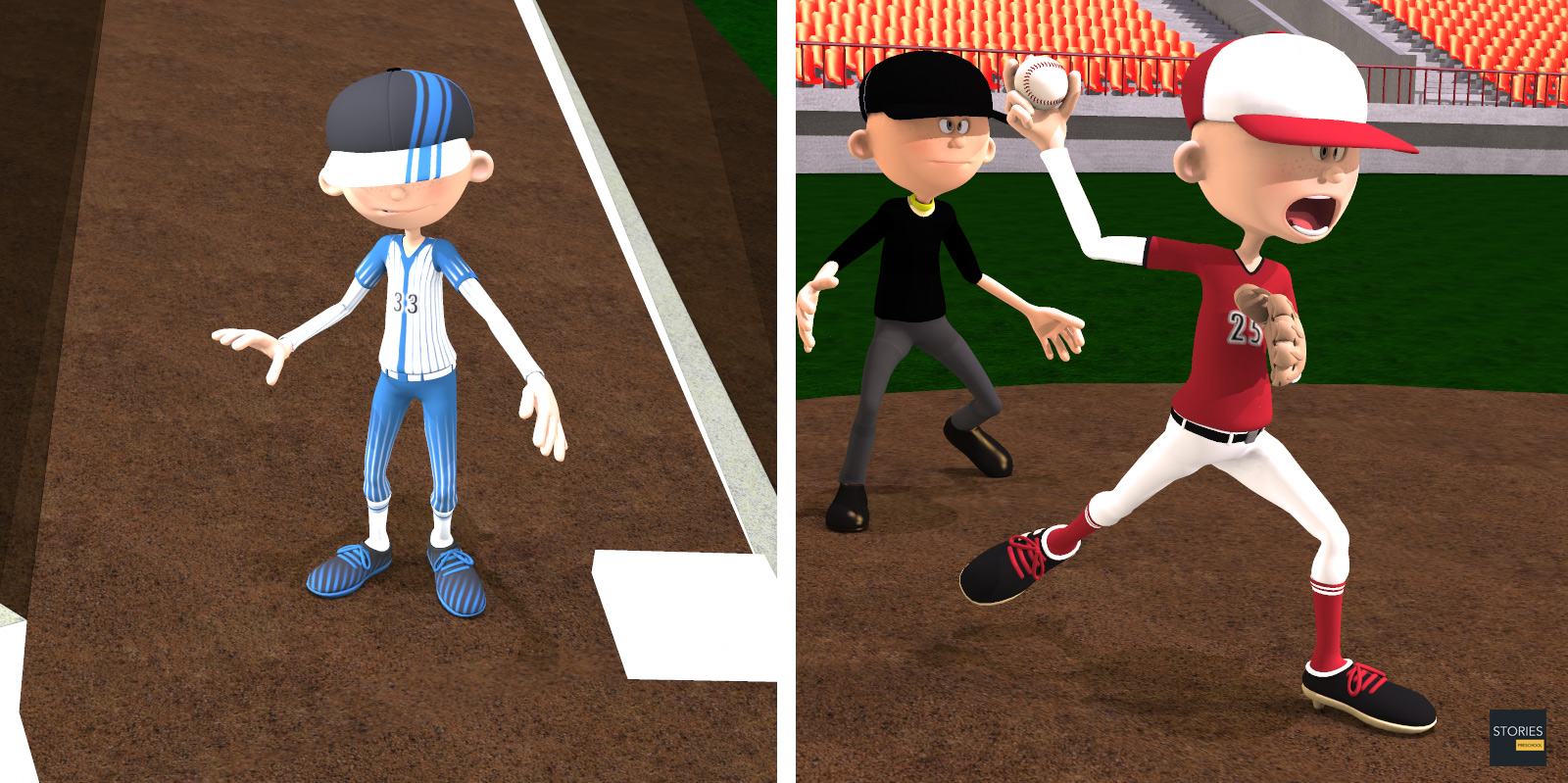
Another class of double plays include those in which infielders catch line drives and then throw or run to a base to catch a baserunner who fails to return to the base from which he has started. The batter is out because his ball has been caught on the fly, and a runner is out at another base. For example, if a batter hits a line drive to the second baseman (or any other infielder, or the pitcher) that a baserunner from first base thinks is a clean hit and the second baseman catches before it drops, then the second baseman can throw to first base to the fielder (usually the first baseman) covering the base; should the first baseman either touch first base with any part of his body (usually his feet) or tag the baserunner returning to first (not necessary), then a double play is completed. More rare is an unassisted double play in which the fielder catches a line drive and either tags a runner off base or tags a base that a baserunner cannot return to on time.
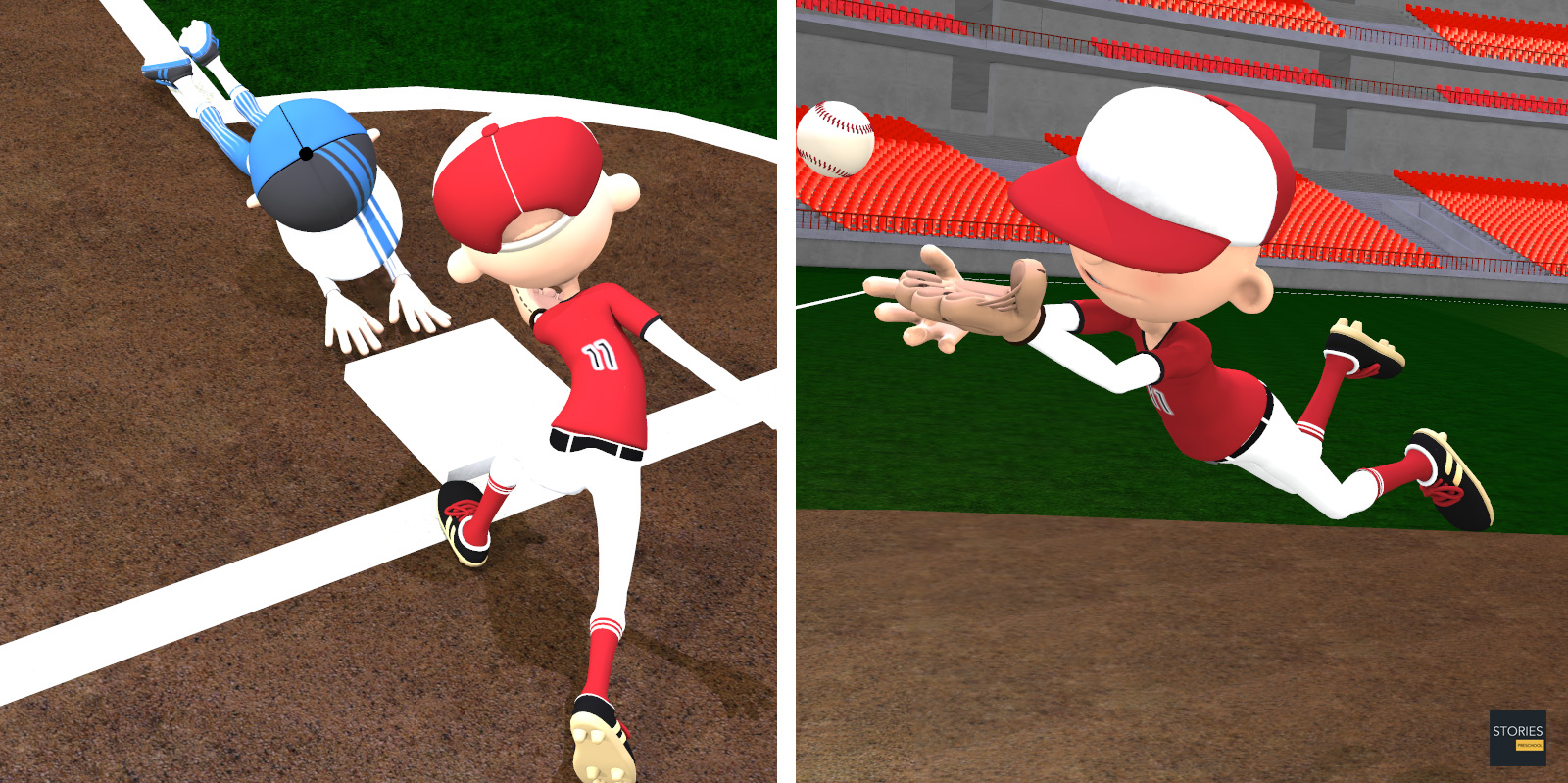
A "strike 'em out, throw 'em out" double play requires that a base runner is caught stealing immediately after the batter strikes out. The batter is out on a called or swinging third strike while the runner is caught (typically for this play the shortstop). Such is a 2-6 double play unless a rundown ensues or the play is made at some base other than second base. The catcher gets a putout for the strikeout and an assist for the throw that leads to the caught stealing.
On occasion, bad bunts can result in double plays. An attempted sacrifice bunt may be laid down such that a charging pitcher, first baseman or catcher (the typical initiators of such plays) is able to field the ball, throw to second base to force a runner out, and the shortstop (the usual fielder at second base on a bunt play) then is able to throw to the fielder covering first base (usually the second baseman) to put out the batter. With a runner on first base, should the batter bunt a ball fair as an infield fly, the infield fly rule that protects baserunners is no longer applicable. At his discretion, the fielder in position to catch the bunted fly ball may elect to 'trap' the fly ball (that is, put his glove on the ground but over the ball to secure it) or (a fielder is not allowed to drop a ball deliberately to force runners to advance) catch it on a short bounce, in which case the runner at first must reach second base before a throw is made to second base. The fielder covering second base can throw to first base to complete the double play. Should the runner at first stray too far from first base, however, and the infielder catches the pop fly, the infielder gets the out for catching an infield fly and throws to first base to complete the double play.
Rare Double Plays
Another double play occurs when a fly ball is hit to the outfield and caught, but a runner on the basepath strays too far away from his base. If the ball is thrown back to that base before the runner returns or tags up to go to the next base, the runner is out along with the batter for a double play.
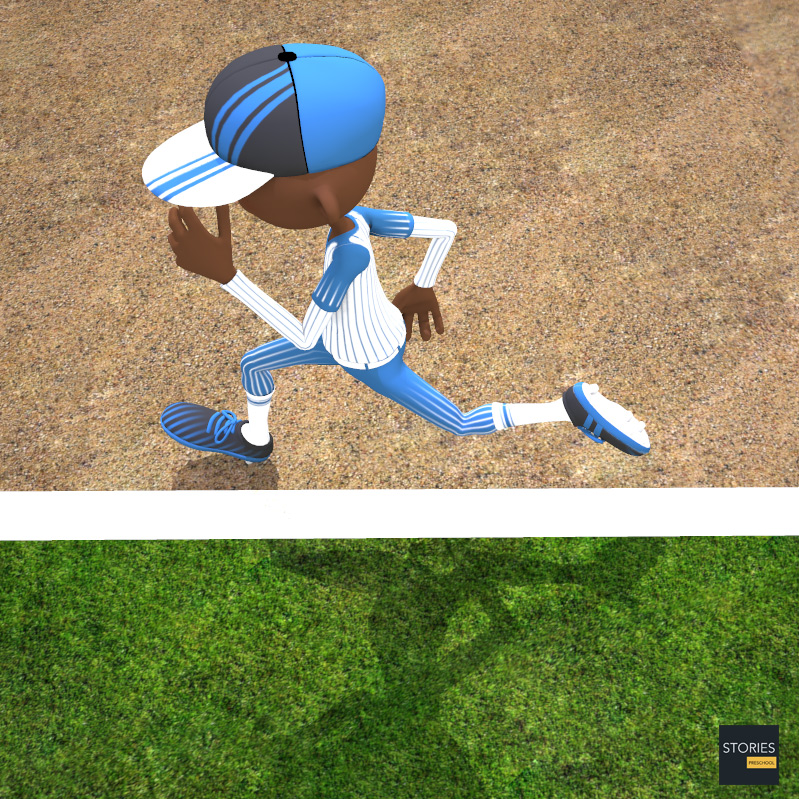
A strike-'em-out-throw-'em-out double play at third base is rare, and an unassisted double play by the catcher on a play in which a baserunner tries to steal home base on a straight steal during a strikeout is highly unlikely. It is possible that a risky baserunning play will ensue during a strikeout in which a baserunner attempts to score from third base on a successful steal of second or a rundown play in which an infielder or pitcher throws to the catcher who then tags a runner trying to score, in which case the catcher gets two putouts (one for the strikeout and one for the tag play at home) and one assist for a throw to the infield. A catcher might also initiate a double play on a strikeout that begins with a dropped third strike and a throw to first to put out the batter-runner and a baserunner attempts to reach third or home on an attempted steal.
Two others involve outfield flies: more commonly, a baserunner tags up from third base on an outfield fly, attempting to score before a throw from the outfielder (more rarely an infielder) can be thrown to the catcher. Should the catcher tag the runner before he can score, the play is considered a double play, and the outfielder is credited with an assist. Similar plays can be made at second base or third base, or in rundown plays on the infield. Many outfield assists are made on such plays, and the most assists made in any given year by a single outfielder is typically about twenty (they need not be made on double plays).
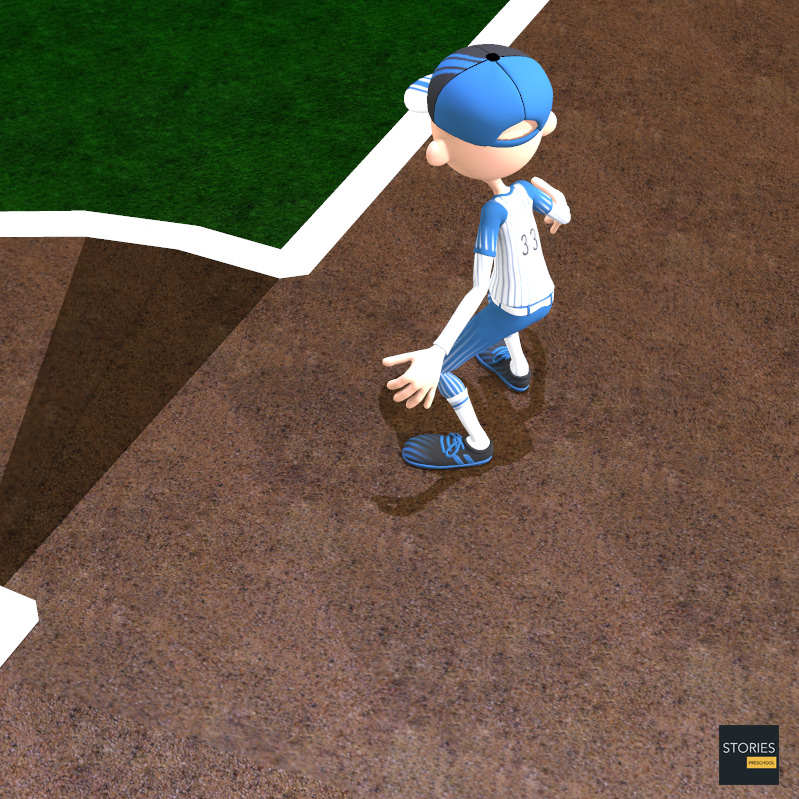
Far rarer at professional levels is a double play in which the runner attempts to advance before the outfielder catches the fly ball. As a rule the double play is completed after the pitcher receives the ball and throws to the base that the runner has left too soon; the base-runner who left the base too early is called out on the play.
A rare double play that can take place only with the bases loaded is a play in which a sharply-hit ball is fielded by an infielder, who throws to home to force the runner coming in from third. The catcher then throws the ball to the fielder covering first base to retire the batter or, depending on the catcher's body placement and dominant hand, to third base to retire the runner arriving from second base.
Another rare double play includes interference, where an offensive player hinders a defensive player's attempt at throwing the ball to make an out, with the effect that the umpires rule out the player who would have been put out were the defensive play successful; if the hindering player is himself ruled out on independent grounds, the result is considered a double play.
Strategy
Highly desirable to the pitching team and highly undesirable to the batting team, the double play often proves critical to wins and losses of specific games. The pitching team is likely to change pitch selection and defensive alignment to make one of the more common double plays (the ones involving infield ground balls) more likely. Batting teams may adapt themselves to thwart or even exploit the situation.
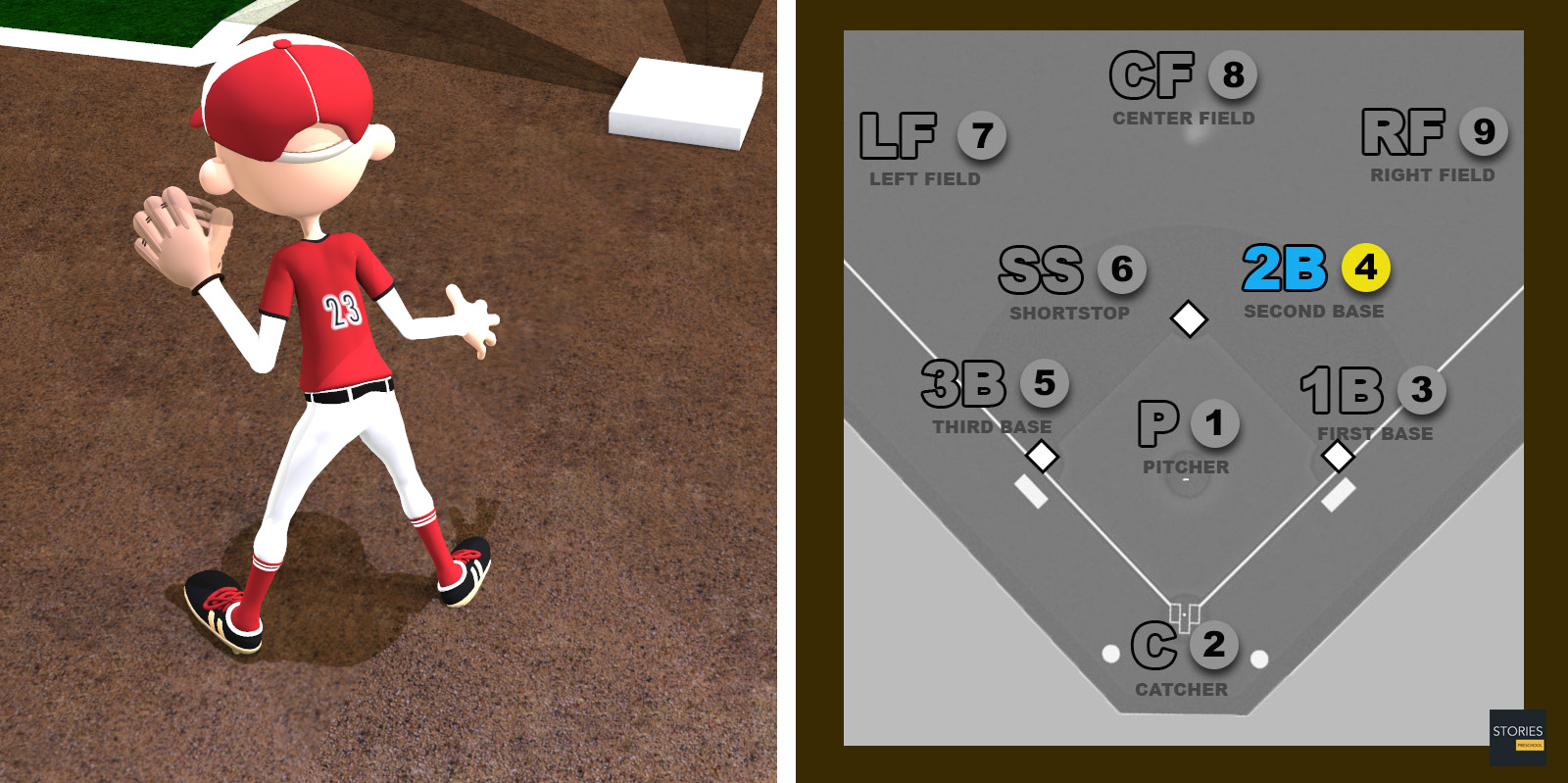
A so-called double-play position involves the second baseman and shortstop moving away from second base so that one of the fielders can field a ground ball and the other can run easily to second base to catch a ball thrown to him so that he can tag the base before the baserunner from first base can reach second base, the infielder tagging second base then throwing to first base to complete the double play. The pitcher tries to throw a pitch in the strike zone that, if hit, is likely to be grounded to an infielder (or the pitcher) and turned into a double play.
In a situation with runners on second and third and fewer than two outs, a team may decide to give an intentional pass to a hitter, often a slow baserunner who is perceived as one of the more dangerous hitters on the team or to the pitcher. A double play is then possible on a ground ball to a middle infielder. However:
- a subsequent walk scores a run, and
- the batter reaching first base on the intentional walk may score on subsequent plays should no outs be made.
This situation allows a great reward to the pitching team should it succeed in inducing a double play (far less opportunity of scoring) but also great reward to the batting team should it fail.
Batting teams can select lineups to reduce the likelihood of double plays by alternating slow right-handed hitters with left-handed hitters or hitters who are fast baserunners, or by putting a slow-running slugger (typically a catcher) in a low spot in the batting order (often #7 where there is no designated hitter). In a situation where a double play is possible, the batting team can
- attempt to steal second base if it is unoccupied (but only with a fast baserunner)
- sacrifice bunt, which concedes an out but advances the baserunner and prevents a double play
- either avoid swinging at pitches likely to become infield ground outs or foul them off
- avoid pulling the ball (a ground ball "pulled" by a right-handed batter to the left side of the infield is a likely double-play ball)
- hit and run, a play in which the baserunner on first runs to second immediately after the pitch is thrown in the hope that the batter makes contact with the pitch
- try to hit the ball as a long fly ball, ideally a home run
All of these strategies entail risk and may be either inappropriate or impossible, depending on the situation. A stolen base attempt ensures that the runner on first base is either at second (making a double play impossible) or out (likewise, but with an out and the loss of a baserunner). Some batters cannot bunt well, and poor bunts can themselves result in double plays. Avoiding the double-play pitch may mean taking a called strike. Trying not to pull the ball decreases the possibility of a home run that scores two or more runs. The hit-and-run play requires that the batter hit the ball, lest the baserunner be caught stealing on a throw from the catcher to the shortstop or second baseman covering second base and makes a pick-off of a baserunner more likely. A strikeout-prone hitter who swings wildly in the hope of getting a pitch that he can hit as a long fly ball as a sacrifice fly, double, triple, or home run is more likely to strike out.
Because the rarer double plays require baserunning errors, no team relies upon them to get out of a bad situation unless the opportunity arises.
The ability to "make the pivot" on an infield double play, ex. receive a throw from the third-base side, then turn and throw the ball to first in time to force-out the batsman, while avoiding being "taken out" by the runner, is considered to be a key skill for a second baseman.
SPORTS

RESOURCES
This article uses material from the Wikipedia articles "Baseball" and "Double play", which is released under the Creative Commons Attribution-Share-Alike License 3.0.
© Stories Preschool. All Rights Reserved.












